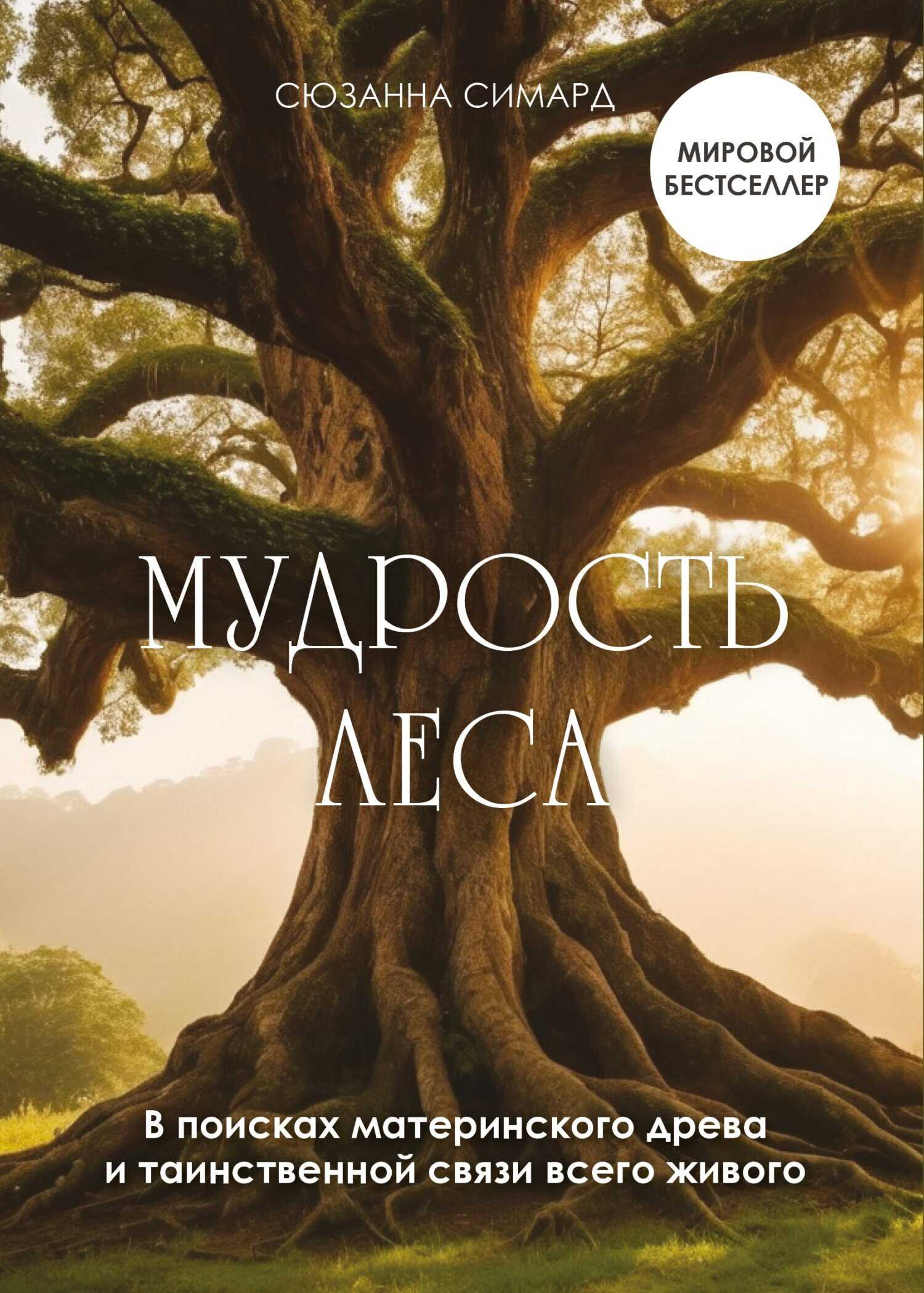Шрифт:
Закладка:
Симард вводит нас в свой мир, интимный мир деревьев, в котором она блестяще раскрывает захватывающие и жизненно важные истины: деревья – это не просто источник древесины или целлюлозы, а сложный, взаимозависимый круговорот жизни; что леса – это социальные, сотрудничающие существа, связанные подземными сетями, с помощью которых деревья сообщают о своей жизнеспособности и уязвимости общественной жизни, не сильно отличающейся от нашей собственной.В этом удивительном и вдохновляющем повествовании автор рассказывает нам, как развиваются деревья, живущие бок о бок сотни лет, как происходит их обучение и адаптация, как они конкурируют с соседями и сотрудничают друг с другом, как они в этом похожи на людей и как, подобно устройству человеческого общества, в центре их общества стоят Материнские деревья – мощные силы, соединяющие и поддерживающих всех, кто их окружает.В формате PDF A4 сохранен издательский макет книги.





